Earth Matters: Why opposites attract: The magnetism between two things isn’t always fully explicable; sometimes it just feels right
| Published: 04-05-2024 2:01 PM |
One of my favorite books from childhood is P.D. Eastman’s “Big Dog, Little Dog,” the story of two bi-pedal pooches who are best friends. But Fred is tall, and Ted is short; Fred drives slowly and Ted drives fast; Ted plays the tuba, and Fred plays the flute. One day they visit a ski resort together, and that night, discover that neither can sleep in his own bed. I won’t spoil it for you, but let’s just say it’s a compelling tale about how opposites don’t just complement each other, their differences can serve as a bond. In other words: opposites attract. And every third grader who’s used a magnet to stick artwork to a refrigerator knows it.
In some ways, the fact that opposites attract shouldn’t surprise us at all. The earth itself is a giant magnet — a “geodynamo,” if you prefer — with a molten iron outer core that churns, giving the planet a magnetic field that extends hundreds of thousands of miles into space. On the other end of the size spectrum, when a negatively charged electron spins, it also becomes a tiny magnet with two poles. When you consider that electrons are present in all earthly matter (but not dark matter: Internet rabbit hole alert), it almost makes sense that positives and negatives would seek each other out.
“Temporary arrangements of opposite charges occur all over the natural world,” says Al Crosby, polymer science and engineering professor at University of Massachusetts Amherst. I couldn’t get him to say “Magnetz R life,” but I know it’s what he means. In fact, Crosby studies a different, weaker attraction called Van der Waals forces, which pull opposite charges together at microscopic distances. Van der Waals forces are responsible for folding the proteins in our body into their necessary complex shapes, and also what sticks a gecko to almost any surface. Geckos have thousands of little brushes on their feet, each with millions of negative electrons that pull toward a (relatively) positively charged ceiling or branch, not unlike the static attraction that pulls a balloon to a wall.
Crosby and his science partner Duncan Irschick, an integrative biologist and head of the Irschick Lab at UMass, harnessed the science of geckos’ remarkable attractive properties to create Geckskin™, a “bio-inspired super adhesive” that can hold up to 700 pounds, but not damage surfaces. Geckskin™ creates draping adhesion by combining soft polymers (like the pad of a gecko’s foot), with stiff fabric (like the skin) — two more opposites, you’ll notice — to maximize contact with whatever it touches. The applications of this technology are significant and wide-ranging, from self-braiding textiles to espionage or search and rescue. Imagine sending a gecko-like robot, rather than a human, to climb up the side of a building or into a window to diffuse a bomb or gather intelligence. Imagine re-positioning a holiday wreath with no pesky residue!
The truth is humans experience these attractive forces everyday, especially if it’s cold and dry. Anyone who’s shuffled across a carpet and gotten a shock from a doorknob has felt the rush of the negative electrons picked up by their nylon stockings leaving their fingers for the relatively positive metal doorknob. But what if, instead of eliciting curses, each painful zap prompted gratitude for the wonders of our food system? These triboelectric (static) forces don’t just pull your electrons to the door, research shows they also pull bumblebees toward flowers, which is good news for folks who enjoy tomatoes, potatoes, eggplants, or crops that rely on the vibration-driven “buzz” pollination bumblebees deliver.
As insects fly through the air, they lose electrons, becoming relatively positive compared to the flowers whose pollen and nectar they’re seeking. As the insect approaches, grains of pollen are attracted upward toward the bumblebee; then she grabs the anther in her mandibles and buzzes the rest of it off with her wings. But does the static mess up the bees’ hair, as it does our own? Yes, indeed!
In a feat of micro-trichology, Dominic Clarke and his colleagues at the University of Bristol determined that the flowers’ electrostatic field moved the bumblebees’ tiny mechanosensory hairs, as if rubbed by the world’s smallest balloon, suggesting the bees can actively sense the field, and aren’t just passively drawn to it. Clarke and his team also found that once the bees visit a flower, the insect’s positive charge cancels out some of the flowers’ negative charge for at least a couple minutes, so other bees might be able to gauge which flowers have been recently visited and likely sapped of their nectar. Like how some people can sense from afar which trays still have hors d’oeuvres. Whether between a hungry bee and a flower’s electrons, or a hungry wedding guest and a hidden canapé, the apparent magnetism between two things isn’t always fully explicable; sometimes it just feels right.
The temporary pull of antipodes is ubiquitous and fundamental — we couldn’t live without it — from duct tape to pacemakers to the maglev train from Shanghai’s airport. But why is a thing drawn to what it lacks? “The phenomenon of the balance of negatives and positives on both broad dynamic scales and on tiny microscopic ones is everywhere in our world. But as to the reasoning or meaning behind it — that’s anybody’s guess,” says Al Crosby, the Geckskin™ guy. Perhaps that’s why, in metaphysical matters, it may be best to turn to Paula Abdul, and a song from her 1988 debut album, “Forever Your Girl”: “And you know it ain’t fiction, just a natural fact. We come together ‘cause opposites attract.”
Article continues after...
Yesterday's Most Read Articles
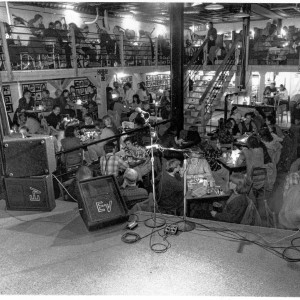 The Iron Horse rides again: The storied Northampton club will reopen at last, May 15
The Iron Horse rides again: The storied Northampton club will reopen at last, May 15
 Homeless camp in Northampton ordered to disperse
Homeless camp in Northampton ordered to disperse
 Authorities ID victim in Greenfield slaying
Authorities ID victim in Greenfield slaying
 $100,000 theft: Granby Police seek help in ID’ing 3 who used dump truck to steal cash from ATM
$100,000 theft: Granby Police seek help in ID’ing 3 who used dump truck to steal cash from ATM
 UMass football: Spring Game closes one chapter for Minutemen, 2024 season fast approaching
UMass football: Spring Game closes one chapter for Minutemen, 2024 season fast approaching
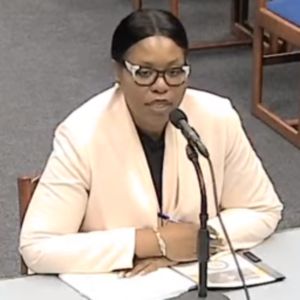 Final pick for Amherst regional superintendent, from Virgin Islands, aims to ‘lead with love’
Final pick for Amherst regional superintendent, from Virgin Islands, aims to ‘lead with love’
Rachel Quimby (she/her) is an Environmental Educator at Hitchcock Center for the Environment. She worked for many years in public radio before turning her efforts to teaching full time — you may have attended one of her science programs at the EcoTarium in Worcester. She loves that baby teeth and maple trees are both called “deciduous.”
Earth Matters has been a project of the Hitchcock Center for the Environment for 14 years. HCE’s mission is to educate and to inspire action for a healthy planet. Our Living Building and trails are open to all at 845 West St. in Amherst. To learn more, visit hitchcockcenter.org.

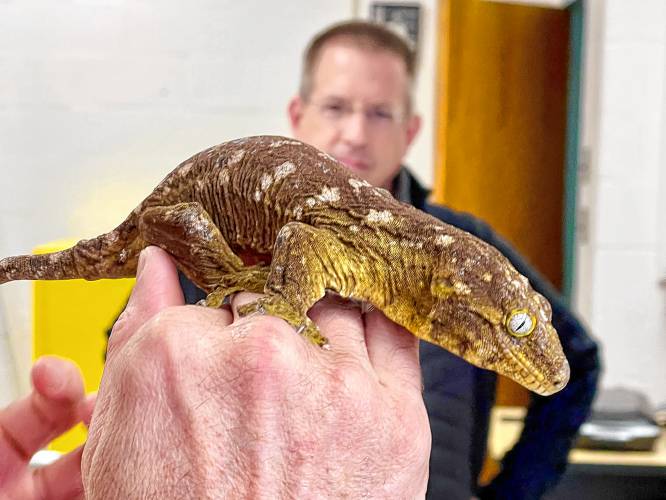
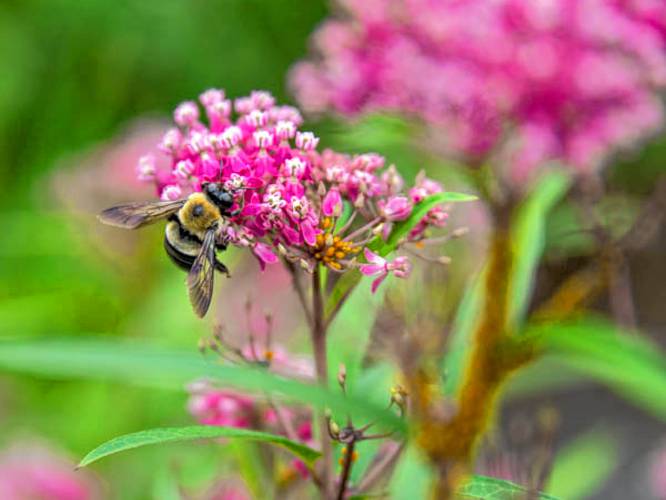
 The power of poetry: U.S. Poet Laureate Ada Limón to speak at Smith College
The power of poetry: U.S. Poet Laureate Ada Limón to speak at Smith College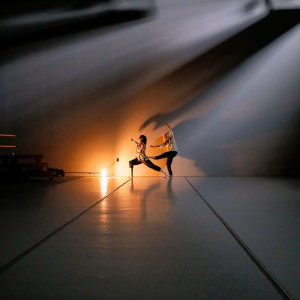 Upon Nancy’s Floor: 33 Hawley event celebrates iconic dancers, history, and a new dance floor
Upon Nancy’s Floor: 33 Hawley event celebrates iconic dancers, history, and a new dance floor Embracing both new and old: Da Camera Singers celebrates 50 years in the best way they know how
Embracing both new and old: Da Camera Singers celebrates 50 years in the best way they know how
